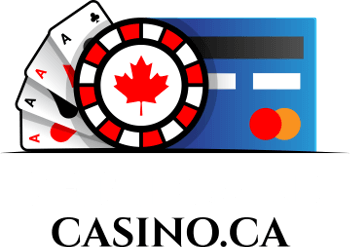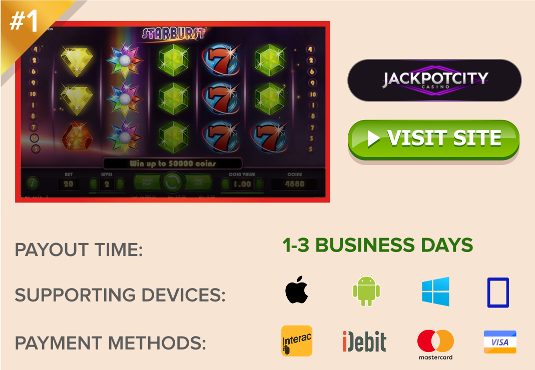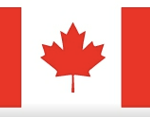Rules of Blackjack Burnout w/ Basic Strategy
How to play Blackjack Burnout, a hot new 21 game from Angel Espino.
 Blackjack Burnout is a relatively new 21 game that first appear in a Las Vegas trade show in 2016. Creator Angel Espino set up a demo at that year’s Cutting Edge Table Games expo, where a few casino executives took notice. In 2017, it made an official debut in a Colorado casino, and has since spread just enough to merit inclusion on this list.
Blackjack Burnout is a relatively new 21 game that first appear in a Las Vegas trade show in 2016. Creator Angel Espino set up a demo at that year’s Cutting Edge Table Games expo, where a few casino executives took notice. In 2017, it made an official debut in a Colorado casino, and has since spread just enough to merit inclusion on this list.
Similar to 21 Burn, the premise of the game is that players may be given the option to “burn” one of their cards. To burn a card is to eliminate it from the hand and replace it with the next card from the deck. That’s about as close in similarity as these two games get. The rules for burning a card are far different in this version, plus, you’ll have the option of placing a side bet worth as much as 90x for achieving successive winning hands.
How to Play Blackjack Burnout
The base game is pretty standard. However, players have the option to pay a Burnout activation fee alongside their original wager. The Burnout fee is 20% of the bet, placed in a special chip circle on the table. The fee is not a bet. It cannot be won back, and is not refundable. It is the price you pay to activate the game’s namesake Burnout feature.
When active, players will have the option of burning a card; that is, to have the card removed from the hand and replaced with the next card in the deck. However, there are strict rules to invoking a Burnout:
- You can only burn a card after you have hit or doubled. The original two cards cannot be burned.
- If you choose to burn a card, you must take the next card in the deck. You cannot burn, then change your mind, deciding not to hit or double.
- Only the last card dealt to the hand may be burned.
- Players can invoke Burnout after busting.
- The Burnout option is revoked if you split your hand.
As I said, paying to activate the Burnout feature is optional, not required. The house edge without Burnout active as 0.64%. Activating the Burnout feature increases the house edge to 1.43%. That figure takes into account the fact that the price paid to activate Burnout cannot be recovered.
Specific Rules of Play
- Decks: 6
- Soft 17: Dealer Hits
- Doubling: Yes, on any 2 cards
- Splitting: Yes, up to 3x
- Double after Split: Yes
- Resplit Aces: No
- Draw to Split Aces: No
- Surrender: No
- Dealer Checks for Blackjack: Yes
- Blackjack Pays: 3 to 2
Consecutive Wins Side Bet
When Angel Espino introduced the game, he gave casino’s a few special customization options, like the ability to include a side bet that pays out based on a player’s consecutive wins. Casino’s can choose whether to introduce the side bet at all, and how many consecutive wins are required to win the bet. Choices range anywhere from 2 to 8 consecutive wins, paying up to 90x times.
Look for these successive win payouts at any casino that offers Blackjack Burnout.
| Consecutive Wins | Payout | House Edge |
| 2 | 2 : 1 | 6.55% |
| 3 | 4 : 1 | 13.07% |
| 4 | 8 : 1 | 12.66% |
| 5 | 15 : 1 | 13.34% |
| 6 | 28 : 1 | 12.34% |
| 7 | 50 : 1 | 13.95% |
| 8 | 90 : 1 | 14.31% |
Blackjack Burnout Strategy – When to Burn
Having a base-game edge of 0.64%, I have to assume that anyone playing this game is doing so with the intent of activating the Burnout feature. Based on that assumption, the following charts will advise you of every favorable opportunity to invoke the Burnout.
I generally prefer to do my own math for strategies, but in this case, I’m leaving it up to professional gaming mathematician, Charles Mousseau. These charts were originally devised and published by him. My sincere thanks to Mr. Mousseau for saving me the time, effort and mental strain 😉
To use these charts, start by matching the dealer’s up card with the “VS” in the top row. Then scroll down that column and follow the instructions based on your current hand value. For reference, H=Hard total, S=Soft total. For example, against dealer’s 2, an H10 (Hard 10) should be Doubled (see base-game strategy charts below). If the result is 12 through 18, Burn; otherwise stand.



Strategy for Blackjack Burnout – Base Game
These next three charts are designed to help you make the correct decision in every possible situation. If the above chart recommends Burning, do that first. Otherwise or afterwards, using these charts to determine your action will proffer the highest possible RTP of 98.67% with Burnout active, or 99.66% without a Burnout fee.
The three charts are segmented into hard hands, soft hand and paired hands. Choose the appropriate chart for your type of hand, scroll down to your corresponding hand value in the left column, then following the direction in the right column, based on the dealer’s up-card.
How to Decide a Hard Hand
| Hard Total | Correct Action by Situation |
| 7 & Under | Hit |
| 8 | Double against Dealer’s 5-6; otherwise Hit |
| 9 | Double against Dealer’s 2-8; otherwise Hit |
| 10-11 | Double |
| 12 | Double |
| 12 | Double against Dealer’s 5-6; otherwise Hit |
| 13 | Stand against Dealer’s 2-4; Double against 5-6; otherwise Hit |
| 14 | Stand against Dealer’s 2-5; Double against 6; otherwise Hit |
| 15-16 | Stand against Dealer’s 2-6; otherwise Hit |
| 17 | Stand against Dealer’s 2-7; otherwise Hit |
| 18-21 | Stand |
How to Decide a Soft Hand
| Soft Total | Correct Action by Situation |
| 13-14 | Double against Dealer’s 2-6; otherwise Hit |
| 15-16 | Double against Dealer’s 2-7; otherwise Hit |
| 17 | Double against Dealer’s 2-8; otherwise Hit |
| 18 | Double against Dealer’s 2-9; otherwise Hit |
| 19 | Double if allowed; otherwise Stand |
| 20 | Double against Dealer’s 2-8; otherwise Stand |
| 21 | Stand |
Conditions for Splitting Pairs
Similar to doubling, splitting pairs is a critical aspect of any blackjack strategy. It affords players an opportunity to double up the payout in a single game. This last chart will teach you how to play Blackjack Burnout when dealt a pair. As a 6-deck game allowing up to 3 splits per hand, you shouldn’t run into any situations where you’re no longer allowed to split, except for re-splitting Aces. If this does happen, refer to the above charts for hard/soft hands for further direction.
| Pair | Correct Action by Situation |
| Ace-Ace | Split |
| 2-2 | Split against dealer’s 2-7; otherwise Hit |
| 3-3 | Split against dealer’s 2-7; otherwise Hit |
| 4-4 | Double against dealer’s 5-6; otherwise Hit |
| 5-5 | Double against dealer’s 2-9; otherwise Hit |
| 6-6 | Split against dealer’s 2-7; otherwise Hit |
| 7-7 | Split against dealer’s 2-8; otherwise Hit |
| 8-8 | Surrender against Ace; otherwise Split |
| 9-9 | Split against dealer’s 2-6 or 8-9; otherwise Stand |
| 10-10 | Stand |
 Jackpotcity.com is our editorial pick for your gaming needs. Currently offering an entire suite of casino games, as well as a wide range of Canadian deposit options, JackPotCity truly offers world-class gaming.
Jackpotcity.com is our editorial pick for your gaming needs. Currently offering an entire suite of casino games, as well as a wide range of Canadian deposit options, JackPotCity truly offers world-class gaming.





